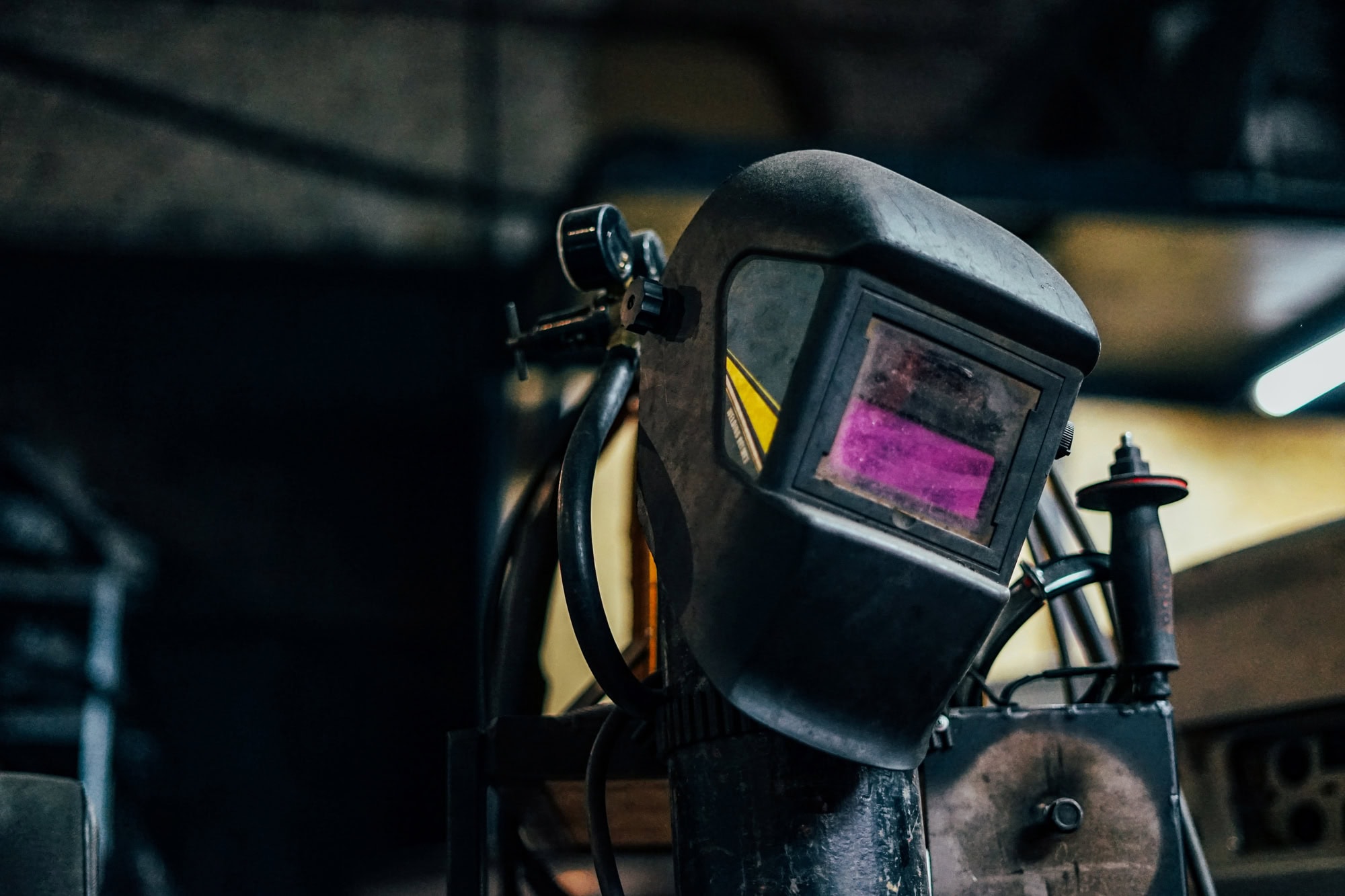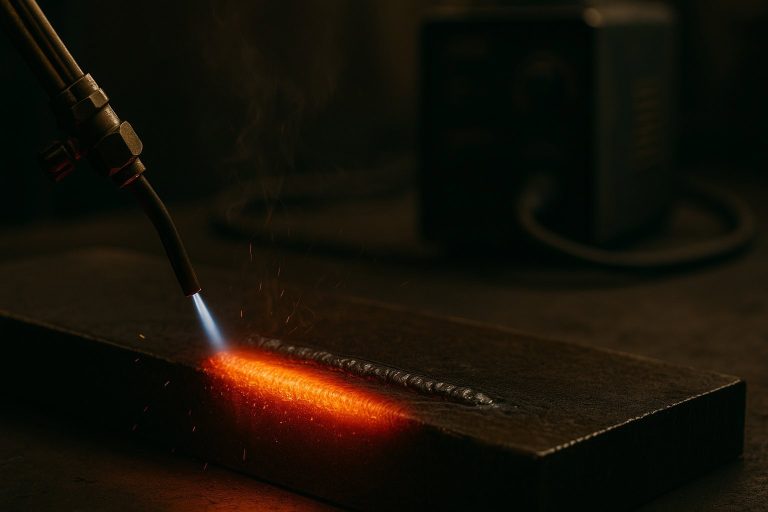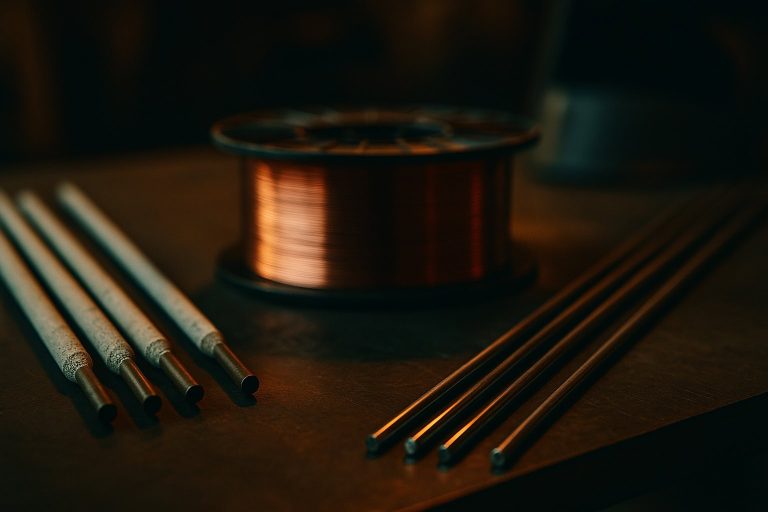What Equipment and Supplies Are Needed to Start Welding? The Basics
January 15, 2021

Welding can be a very useful skill to learn if you’re a DIY’er who needs to join metal regularly, and frequently runs into issues using other methods of metal joinery like riveting. It’s also a lucrative career field – and beginning to weld as a hobby can be a good way to learn the basics and see if welding professionally is right for you.
But what do you need to begin welding? What supplies and equipment are required? In this blog from Vern Lewis Welding Supply, we’ll discuss the basics – so read on to learn everything you need to know.
A MIG Welder
MIG (Metal Inert Gas) welding is the most commonly used welding process in the world. Most consumer-grade welders are MIG welders, and you can easily find this type of welder at a home improvement store or hardware store.
MIG welders use a wire electrode “gun” to melt metal and fuse it together, along with “shielding gas” that helps protect the integrity of the weld. Basic models usually cost between $200 and $500. Though there are lots of high-end models available that may cost thousands of dollars, these are not usually necessary for beginner welders.
Wire Electrode and/or Gas
New welders often use a wire electrode with “flux-core” wire. This type of wire contains materials that turn into gas when they’re heated, shielding the electrode wire and ensuring a high-quality weld.
However, flux-core wire tends to provide inferior results compared to using solid wire with shielding gas. There are lots of types of shielding gas that are intended for use when welding specific metals. Helium, argon, carbon dioxide, and oxygen are often mixed together in specific blends for welding.
For all-purpose welding, we recommend using a 75/25 mix of argon and CO2 along with a solid electrode. This can be used to weld almost all metals including mild steel and nonferrous metals – and offers better results than using flux-core electrodes. You can purchase electrodes and welding gas at any local welding supply store, such as Vern Lewis Welding Supply.
Welding Helmet and Gloves
A welding helmet and welding gloves are both absolutely essential. A welding helmet protects your face and head from sparks and debris, and also helps protect your eyes from infrared light and UV light that can cause permanent eye damage.
Welding gloves serve a similar function, and are usually made of heavy leather or synthetic materials. They allow you to move your fingers freely, but provide protection against sparks, heat, and debris.
Angle Grinder and Related Tools
Angle grinders can be used to cut through metal, to remove imperfections from a weld, and to prepare metal for welding. You should get several cutting discs, a flap wheel, and sanding discs to ensure you’re ready to prepare the metal for welding, and to polish and finish the joint after the metal has been welded.
Welding Pliers, Clamps and Magnets
Welding pliers can be used to hold work pieces together and to remove welding spatter after a weld is completed. Most welders also have a variety of clamps on-hand to keep metal pieces together while welding them.
Welding magnets also are useful if you are primarily welding ferrous metals that are magnetic. They can be used to hold and reposition welding workpieces quickly and easily.
Respirator
A respirator is not necessary for every job, but if you’re sanding down and preparing metal that’s painted or rusty, it will help prevent you from inhaling any fumes or small particles created by buffing away the paint or rust.
Some welding helmets are available that have a built-in respirator, which can be handy for welders who are working on painted or rusty materials or in other hazardous environments.
A Safe, Brightly-Lit Workspace Away From Flammable Materials
Finally, you should have access to a safe and brightly-lit workspace that is not anywhere near fuel or other combustible materials. Sparks from welding can fly up to 25 feet, in some cases, so be aware of this when selecting your work site.
Need Welding Tools, Supplies, or Educational Courses? We Can Help!
Vern Lewis Welding Supply is a leading supplier of welding equipment in Arizona, and we also offer a wide variety of classes and educational resources for welding newcomers and veterans alike. Contact us if you have any questions or need further assistance.
Join Our Newsletter
Sign up for our newsletter to receive specials offers, product updates, and more!






